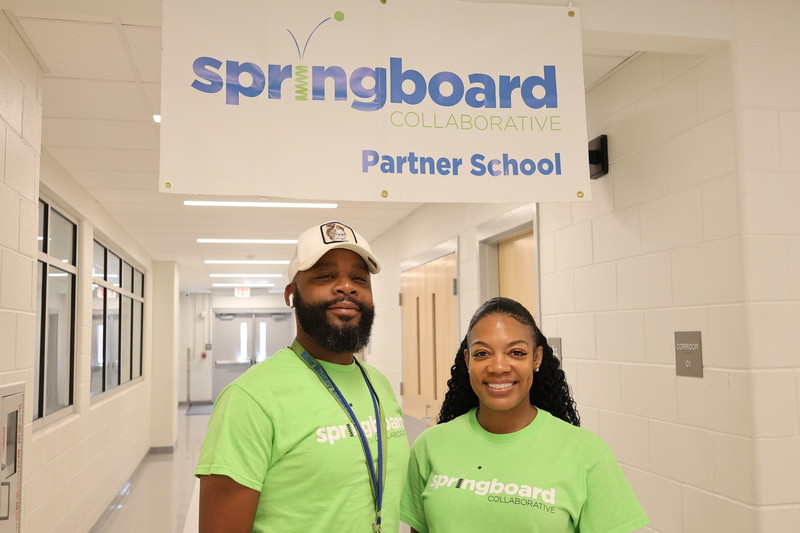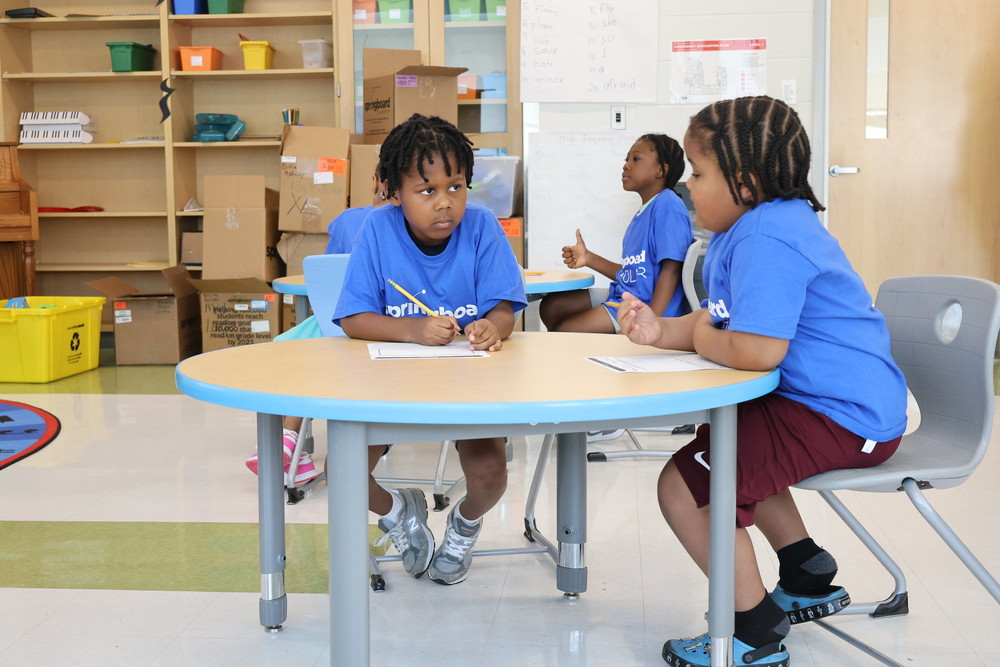Learning never stops at City Schools. This summer, hundreds of students across Baltimore took part in programs that kept their minds active, their creativity flowing, and their connections strong. Over the next few weeks, we will highlight three standout programs from summer 2025. Each story will show student growth, family engagement, and community impact. Together, these programs demonstrate how learning in City Schools extends far beyond the traditional school year.
Every summer, City School student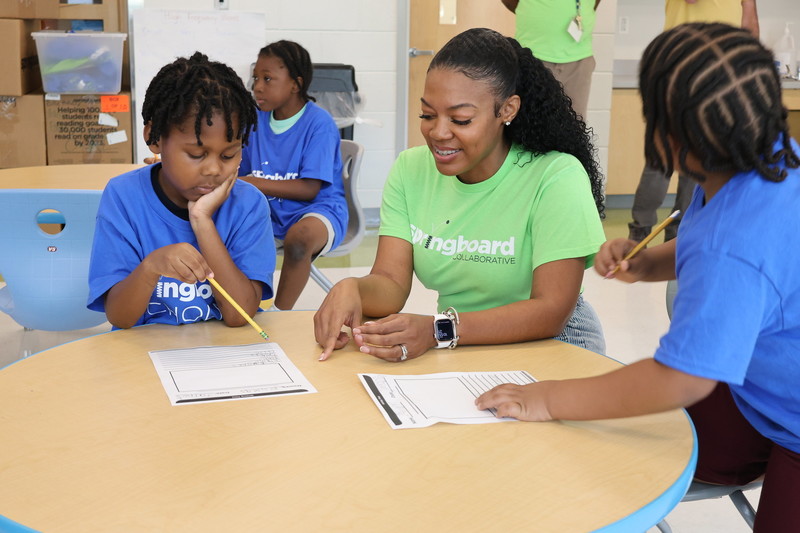 s participate in a wide variety of free learning opportunities offered by numerous dedicated partners. The Summer Arts for Learning Academy, operated by Arts for Learning Maryland, for example, encourages children to imagine, create, and express themselves through art forms taught in collaboration by professional artists and classroom teachers. Students in B-360 Baltimore explore STEM topics while learning about dirt bike safety and STEM careers. The Baltimore Alliance for Careers in Healthcare connects students to training, support, and career opportunities in healthcare.
s participate in a wide variety of free learning opportunities offered by numerous dedicated partners. The Summer Arts for Learning Academy, operated by Arts for Learning Maryland, for example, encourages children to imagine, create, and express themselves through art forms taught in collaboration by professional artists and classroom teachers. Students in B-360 Baltimore explore STEM topics while learning about dirt bike safety and STEM careers. The Baltimore Alliance for Careers in Healthcare connects students to training, support, and career opportunities in healthcare.
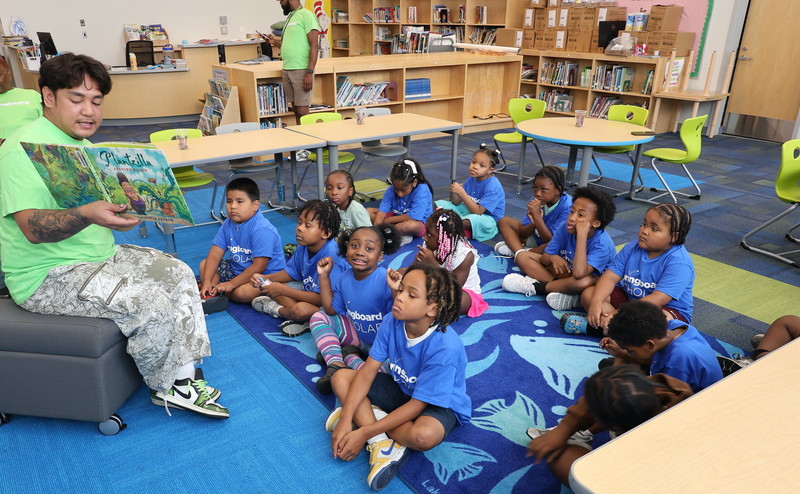 This past summer, Springboard operated a summer camp at Billie Holiday Elementary School, one of 27 city schools that hosted Springboard. For five weeks, pre-kindergarten through second-grade students—” emerging readers, ”as the summer director Melissa Gilliam notes— benefited from the specialized reading program that focuses on accelerating student learning through targeted, small-group, and individual literacy coaching and at-home learning strategies.
This past summer, Springboard operated a summer camp at Billie Holiday Elementary School, one of 27 city schools that hosted Springboard. For five weeks, pre-kindergarten through second-grade students—” emerging readers, ”as the summer director Melissa Gilliam notes— benefited from the specialized reading program that focuses on accelerating student learning through targeted, small-group, and individual literacy coaching and at-home learning strategies.
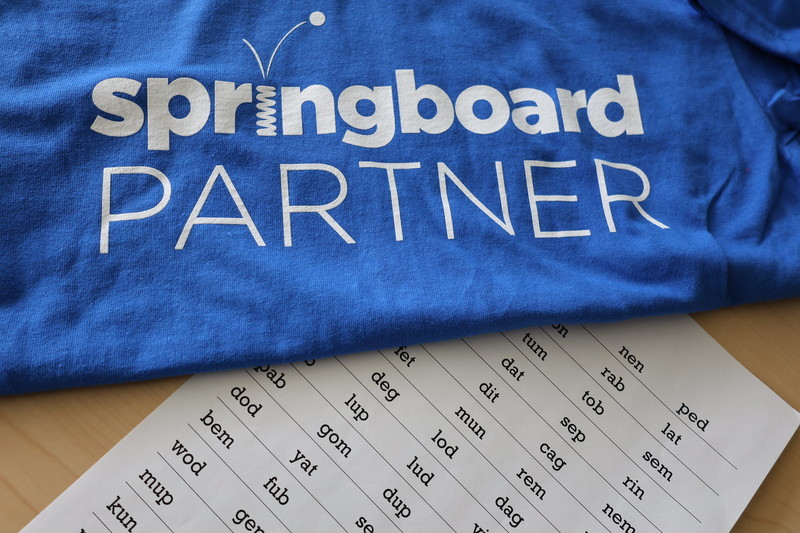 Springboard’s curriculum aligns with City Schools’ emphasis on building foundational literary skills based on the science of reading. On a typical day this past summer, teacher Miss Stovall read her pre-K students “How a Seed Grows,” paying special attention to “high-frequency words” such as “I,” “the,” “like,” and “with.” Students were captivated when she read them "Are Trees Alive?" as they likened parts of trees to their own bodies.
Springboard’s curriculum aligns with City Schools’ emphasis on building foundational literary skills based on the science of reading. On a typical day this past summer, teacher Miss Stovall read her pre-K students “How a Seed Grows,” paying special attention to “high-frequency words” such as “I,” “the,” “like,” and “with.” Students were captivated when she read them "Are Trees Alive?" as they likened parts of trees to their own bodies.
Down the hall, some second graders were engrossed in worksheets that compared hard and soft sounds, while others were playing "Crack the Code" by matching colorful images to their corresponding first letters. Later in the morning, first-grade teacher Mr. Pili read Plantzilla in the school’s library to all the students. They eagerly raised their hands to answer his questions designed to increase their comfort with books: “What does 'author' mean?” “Who draws the pictures in a book?” “What are the different parts of a book?”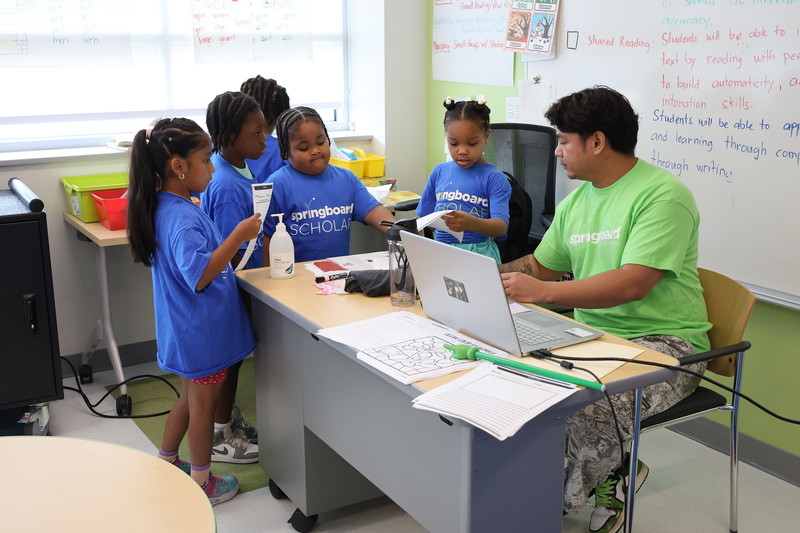
Throughout the summer, students are invited to take home free books provided by Springboard, allowing them to begin building their personal library. An essential part of the Springboard program—and vital to student growth in reading—is parent engagement and education. Parents are introduced to tips, strategies, and activities for supporting their young readers in weekly workshops at the school.
“Parents want to make sure their kids are readers,” says Ms. Gilliam. “Even when parents may not have had the same opportunities to develop their own reading habits, they are passionate about ensuring their children have every chance to thrive as readers.”
As one parent noted in a conference with a teacher, “I love this program for my child. She is really growing in her reading.”
